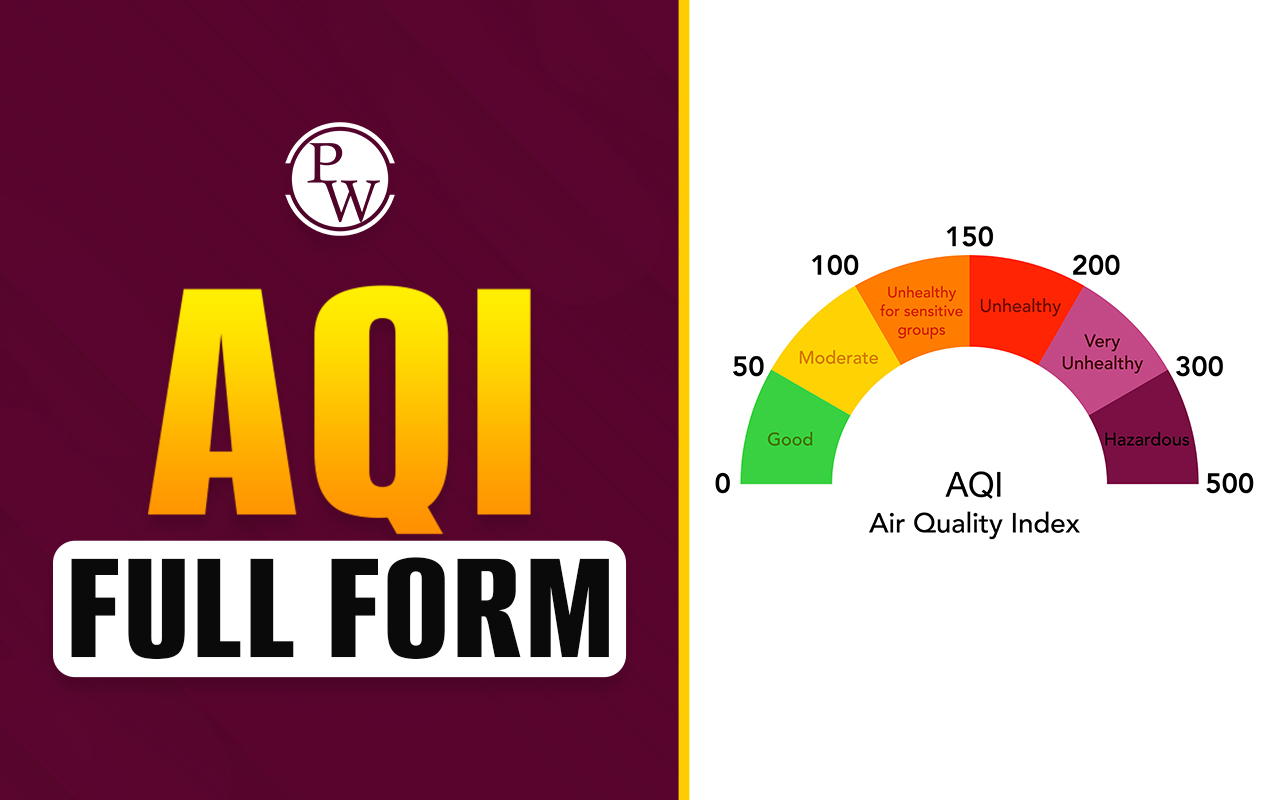

The Examination is the full form of the word “exam.”
What is Examination?
An examination (exam or evaluation) or test is a type of educational assessment used to assess a test taker's knowledge. It also takes ability, aptitude, physical fitness, or classification in various subjects (e.g., beliefs).
The style, rigor, and requirements of tests differ. There is no universal agreement or standard for test format and difficulty. The educational philosophy of the instructor, subject matter, class size, educational institution policies, and accreditation or governing body requirements frequently influence the shape and difficulty of the test.
A reading test administered by a parent to a child is an example of an informal test. A formal test could be a final exam given by a teacher in a classroom or an IQ test given by a psychologist in a clinic. Formal testing frequently yields a grade or a test score. A test score can be interpreted as a norm, criterion, or both. The norm can be determined either individually or by statistical analysis of many subjects.
Types of Examination
The following assessment types:
- Informal and formal examinations, known as formative assessments, are done throughout the learning process. These evaluations alter subsequent learning activities to raise student achievement. They pinpoint areas that require improvement, identifying both strengths and weaknesses. Formative assessment aims to keep track of student learning and provide continual feedback that both students and teachers can utilize to enhance their instruction.
- After a learning unit, summative evaluations measure competency to ascertain whether the candidate has retained the knowledge or skills to the appropriate standard. A few days of instruction, an entire term (such as a final exam), or even several years of study may be covered by summative assessments. Examples of summative assessments include high school exit exams, GCE Advanced Level examples, and professional licensing exams like the United States Medical Licensing Examination. Every student has their manner of learning, yet some of these behaviors are universal.
- A student's performance on a norm-referenced test differs from that of a national average or another "norm" group. The greatest and worst test takers will make up a specific percentage of those who take the test. When students from the same classroom make up the comparison group, norm-referencing is commonly referred to as grading on a curve. When scores differ from the performance results of a statistically chosen set of test takers, usually those of the same age or grade level as the test takers, the test results indicate whether the test takers did better or worse than a hypothetical average student.
- Students must solve real-world problems or create something with real-world applicability in performance-based examinations. For example, the student could demonstrate baking skills by making a cake and having it appraised for appearance, flavor, and texture.
- When compared to multiple-choice standardized tests, authentic assessment measures worthwhile accomplishments. For example, calculating the cost of the family's food this week is an actual assessment of arithmetic skills.
- Standardized tests are consistently administered and scored, whether a fast quiz developed by a local teacher or a carefully researched test given to millions of individuals. Standardized exams are commonly used in education, professional certification, psychiatry (for example, the MMPI), the military, and various other areas.
- Criterion-referenced examinations are intended to assess student performance about a predefined set of criteria or learning standards. Individuals' scores from these exams can be used to strengthen their low-understanding skills.
- High-stakes tests have significant repercussions for the test taker, such as obtaining a driver's license. If the test taker is certain to pass, a high-stakes test does not have to be stressful.
[wp-faq-schema title=" Full Form of Exam FAQs" accordion=1]
Q1. What is the primary purpose of the exam?
Q2. What advantages do exams offer?
Q3. What is the name of the 10th exam?
Q4. Why did the test begin?
Q5. Why are exams so crucial?
Q6. Who are the top scorers?












